


August 26, 2015 Update: We've added a couple of new titles that are slated for release in 2015 and 2016. Check them out in the following pages.
The Japanese Role Playing Game has always been a strange phenomenon. Not just a subgenre of roleplaying games, but a proper genre in itself, it was one of few gaming categories that were specifically named after the place of origin. In the heyday of the genre in the early to mid nineties there were tons of those, all following roughly a similar concept. There was an overworld, a party of characters with different, complementary abilities that leveled up in a rather linear progression, towns and villages to be visited with characters who all knew one line of dialog, dungeons to be raided, combat that was based on “random encounters”, and a battle screen that was completely separate from the rest of the game. In time, things changed. But not too much.
With the jump to 3D graphics, the overarching formula still remained more or less the same. But with better visuals came changes in art style. The Final Fantasy series started to feature more and more realistic characters (wearing increasingly silly costumes) for one.
And nowadays the JRPG is still doing strong, influencing even games that aren’t strictly speaking JRPGs like the infamous Yakuza series. Here’s some of the best JRPGs of all times, or maybe even, some of the best video games of all times period. To some people at least.
Little is known about Persona 5 at this time, but the game promises to be the best entry in the long-running series of JRPGs. It retains the style and feel of the previous Persona games but comes with the new theme of restraint and liberation this time around.
The game's color theme is red this time, and is set for release in late 2015.
Originally released for the PSP, FF Type-0 HD came out for the Xbox One and PlayStation 4 in early 2015, much to the delight of JRPG fans everywhere. The gameplay is reminescent of Crisis Core and sees the player taking direct control of characters (of which there are 14) across a broad host of missions.
Players experience a dark and gritty storyline that's much more mature than other titles in the Final Fantasy series, with a setting and presentation inspired by war documentaries.
Originally billed as Final Fantasy Versus XIII, FFXV is an upcoming role-playing game from Square Enix with a strong emphasis on fast-paced combat instead, differing from its predecessors' formula of turn-based combat. Designed specifically for new-gen platforms like the Xbox One and PlayStation 4, Final Fantasy XV promises to revitalize the series.
Pokemon X & Y is the culmination of over a decade of innovation in the on-going Pokemon franchise. Developed by Game Freak and published by Nintendo, both X & Y take place in the new Kalos region.
Though much of the core gameplay remains the same, X & Y offer a host of new innovations and features. X & Y are the first Pokemon games to feature full fledged 3D graphics with 3D modeled characters and creatures rather than sprites as has always been done in the main series.
Released as the second game in the Paper Mario series, The Thousand-Year door came out to general critical praise on the GameCube in 2004, though it was not appreciated much for the lack of evolution between it and the earlier Nintendo 64 title. Par for the course in the series, the unique visual style of 3D environments with 2D characters made to behave like paper returns in full force, going in so far as to conceal secrets behind screens you are able to blow away and Mario being able to fold into different shapes.
The JRPG aspect can be inferred from the battle style in Paper Mario - a turn based system similar to the SNES’ Super Mario RPG, where actions are taken from the choices of attacking, defending and using an item, while being able to augment your actions using timed button presses. New to the Thousand-Year Door, your party members are actually tangible and can be defeated, though only in the sole case of Mario being incapacitated will your game actually end.
The second installment of Konami’s Suikoden series came out in late 1998 in Japan on the Playstation. A very complex game with a lot of content and story to it, Suikoden II employs a turn based combat style in which your (up to 6) characters can attack simultaneously, while also having a strategic combat element separate to it, in which you can pit armies against each-other. Another special element to the title is your ability of building up a castle, recruiting more characters to it, each of which brings something new, like a new conversation piece, a new shop or even new minigames, like Iron Chef-style cook-offs, or fishing.
It is generally considered one of the best JRPGs on the original Playstation, but because of the limited print run, copies of the game are rather hard to come, generally carrying an asking price of at least $150 USD - it is one of the rarest original Playstation games, so good luck getting a copy. It holds up rather well, considering its age.
Final Fantasy X may be somewhat infamous for its forced laughter scene, but don’t let that dissuade you from playing the rest of the game, which was the first title in the series to transition from entirely pre-rendered backdrops to fully three-dimensional areas, made possible by the advent of the PlayStation 2. The game was also the first to feature voice acting and replace the series’ staple of Active Time Battle with a Conditional Turn-Based Battle system. Whereas the ATB concept features real-time elements, the CTB system is a turn-based format that pauses the battle during each of the player's turns. Thus, the CTB design allows the player to select an action without time pressure.
Beyond its gameplay and technical elements, Final Fantasy X was notable for its story, which centered around a character named Tidus, a blitzball player who finds himself in the fantasy world of Spira after his home is destroyed by an entity named Sin.
Before the release of XCOM: Enemy Unknown, Valkyria Chronicles was the closest thing to a serious turn-based strategy game on the PlayStation 3. Disgaea and its sequels notwithstanding, Valkyria Chronicles puts players in control of a squad of soldiers whom they’ll take with them to the ends of the earth (or at least the end of the game’s long, single-player storyline) as they participate in a story reminiscent of the events of the Second World War.
The gameplay plays out in real-time with the ability to pause while issuing orders, the amount of which is limited by the number of action points each character has. Players can take direct control of their soldiers to target and take down enemies.
Developed by Square and originally released as Final Fantasy Adventure in North America, Secret of Mana was one of the first JRPGs to introduce real-time battles instead of traditional turn-based combat.
Among many other innovative features, its Ring Command system allows the game to serve as a basis for the "pause and play" real-time combat of modern titles from both Japan and elsewhere.
Loosely based on Norse Mythology, Valkyrie Profile puts players in the role of a Valkyrie named Lenneth who must recruit and prepare the souls of fallen warriors before sending them to Valhalla for a final battle. Much of the game consisted of real-time dungeon exploration interspersed by RPG battles.
Tales of Vesperia is the tenth title in the long-running Tales series of games from Namco Bandai’s Tales Studio. Developed exclusively (at the time, anyway) for the Xbox 360 and now also available for the PlayStation 3, players take on the role of black-clothed swordsman Yuri Lowell in a typical JRPG storyline about saving the world. What sets this game apart from other JRPGs is its strong storytelling and fast-paced real time gameplay. It's also one of the strongest titles in the Tales franchise.
Tactics Ogre is one of the first games to define the "tactics" genre of RPGs, with combat often associated with the likes of X-COM and later, Jagged Alliance 2.
The gameplay sees units, all equipped with unique sets of skills, fighting on a grid. The game is at its heart, very simple—but becomes complex and difficult to master due to the sheer number of different skill sets available to every character.
More than simply fighting it out on the grids, the game forces players to make critical decisions which send you on one of several paths, with different story outcomes and supporting characters.
Enter Persona 3, a world in which you play an unnamed protagonist who finds himself on a mysterious island during the Dark Hour, a time just after midnight that normal people cannot perceive.
It's up to you and your friends with whom you build social links throughout the game to uncover the secrets of the Dark Hour and delve deep into the labyrinth called Tartarus to find out why monsters are escaping and taking the lives of the living and leaving them in a depressive state.
Dragon Quest V takes place over twenty years of the character's life—it's unique in that regard and gives the player ample reason to feel invested in their character.
The original SNES release of Dragon Quest V was never available in North America, so players only had a chance to experience it when it came out later on the PlayStation 2 and the Nintendo DS.
Set 1,000 years after the events of Mother 2, or Earthbound, Mother 3 focuses on an entirely new cast of characters. It retains the charm of parody and comedy that made its predecessor so beloved, but also deals with tragic issues such as loss, death and bleak consumerism. Released in 2006 for the Game Boy Advance, it unfortunately never saw a release outside of Japan. However, a fan translation has since been released.
The World Ends With You is a Nintendo DS game that combined JRPG elements with those of the rhythm and action RPG genres. Also known in Japan as Its a Wonderful World, The World Ends with You is set in modern-day Shibuya, featuring a distinctive art style inspired by the fashion of the popular Tokyo district. Many elements of Japanese youth culture, such as fashion, food, and cell phones are key aspects of the characters, the world, and the missions which take place in the game.
Released in 1994 on the SNES, Earthbound remains one of the more unique Japanese RPGs to date. Players control four young children, known as the Chosen Four, as they battle against the evil alien Giygas in the present before he becomes too powerful in the future. Set roughly in the 1990s, players travel to several towns depicting our own varied cultures as they seek the strength to defeat Giygas. Upon its release, it was lauded by critics for its humor, paraodies and its unique story, later become a cult-classic with fans of the genre. Unfortunately, it was never released outside of Japan, but a Wii U version will hit its Virtual Console later this year for Europe and North America.
Xenogears is a deeply thoughtful game which borrows the principles and philosophies of individuals like Nietzsche, Freud, and Carl Jung, whose thoughts and ideals influence the game's plot, character design, and world. The game revolves around the major psychological themes of identity and human memory, and the relationship between humans and machines as they relate to the game's plot.
Directed by the creator of Final Fantasy for Mistwalker and AQ Interactive, The Last Story is Hironobu Sakaguchi's latest epic. The plot centers around a young mercenary named Zael as he and his compatriots seek employment from one of the most prosperous human cities remaining upon a decaying continent. But ultimately it's a well told tale of romance between commoner and nobility with fantastic heroes, reviling villains, uncertain futures and one of the best epilogues in recent memory.
Despite a few performance hiccups, The Last Story offers engaging real-time strategic combat. Cover mechanics, environmental interactions, understanding enemy weaknesses, positioning and timely party commands are important for winning each varied battle and boss encounter.
After the excursions into direct sequel territory and into the risky MMO business with Final Fantasy X-2 and Final Fantasy XI, Squaresoft went back to more familiar territory with Final Fantasy XII. Set in the same fictional world as Vagrant Story and Final Fantasy Tactics, it once and for all eliminated random encounters from the series, again introduced a new character progression system and featured the usual ragtag team of characters, including the typical, rather bland lead and more interesting sidekicks.
As its name suggests, Final Fantasy Tactics is a tactical role-playing game, and one which helped to define the genre as a whole. Originally developed and published by Square for the PlayStation Final Fantasy Tactics uses the aesthetics and thematic elements of the Final Fantasy series with a game engine and battle system unlike any other title in the franchise.
Players take on the role of Ramza Beoulve, a man who finds himself thrust into the middle of an intricate military conflict known as The Lion War, where two opposing noble factions are coveting the throne of the kingdom. As the story progresses, Ramza and his allies discover a sinister plot behind the war.
In all of Final Fantasy's long running history, arguably none of its entries have garnered the same level of adoration as Final Fantasy VII. It moved the series away from sprite-based graphics and entered a world of 3D models and animation, and transported its characters to an industrial, technological setting. More than ten million copies have been sold since its release in 1997 for the original PlayStation, spawning several spin-offs and even a movie while strong calls for a remake continue to ring.
Considered the best Final Fantasy title by a lot of diehard fans, Final Fantasy IX is a bit of an outlier. After Final Fantasy VII and VIII both went into a certain “anime realism” direction with their art style, IX is decidedly cute and cuddly and very cartoonish again. Gameplay wise not much had changed, IX still featuring the Active Time Battle combat system and the random encounters that were a series staple since Final Fantasy IV. The setting itself was decidedly more standard fantasy, with no science fiction elements incorporated.
Dark Souls is fear in the form of a videogame. The fear of death is a constant challenge and you must be prepared to die if you wish to make any progress whatsoever.
It is with knowing this fear that we learn to conquer it, for death is not permanent in Dark Souls. Through death comes learning, and learning how to avoid death—while fully embracing its inevitability—is the only way to progress through the deadly, but beautiful environs of Dark Souls.
One of the games to fully utilise the last bit of power left in the Super Nintendo, this 1994 entry to the Final Fantasy series is a true classic, and considered by many to be the pinnacle of JRPG design. Featuring an epic story, a cleverly constructed steampunk game world, and gameplay that should prove to be influential for generations of JRPGs to come, Final Fantasy VI really had it all. Including a full blown operatic suite that squeezed sounds out of the Super Nintendo sound chip that people didn’t even know it could produce.
One of the few really deep, hardcore Wii games, as well as one of the few JRPGs developed for the console, Xenoblade Chronicles received glowing accolades across the gaming press worldwide. Heralded as the glorious return to form of the JRPG genre, the game was a complete surprise hit, tied into the Xeno- series at the last moment, while having no actual connection to Xenogears or Xenosaga. The game features a massive world to explore, as well as a combat mechanic that’s slightly inspired by MMOs.
Atlus’ smash hit series peakes with the latest entry, Shin Megami Tensei: Persona 4. Currently the latest release in the main series is the recently released Persona 4 Golden for the Playstation Vita portable console. Persona 4 features all the trademark elements of the Persona series, though taking the story from the big city to the countryside. The gameplay is part dating sim, part RPG and pretty whacky and unusal all over. The plot spans a Japanese high school year, where the player spends his time, going to school, forming social contacts, and then battling demons inside a television reality at night.
Chrono Trigger is regarded as one of the best games of all time, and with good reason: its development team included three designers that Square dubbed the "Dream Team": Hironobu Sakaguchi, the creator of Square's Final Fantasy series; Yuji Horii, a freelance designer and creator of Enix's popular Dragon Quest series; and Akira Toriyama, a freelance manga artist famed for his work with Dragon Quest and Dragon Ball.
As its name suggests, Chrono Trigger revolves around time and time travel, and takes place across various periods of time as the characters race against—you guessed it—time to stop the world from ending.
While it wouldn't be correct to say that its story, setting, and gameplay are second to none, they are certainly top notch—put together, they are a potent combination.
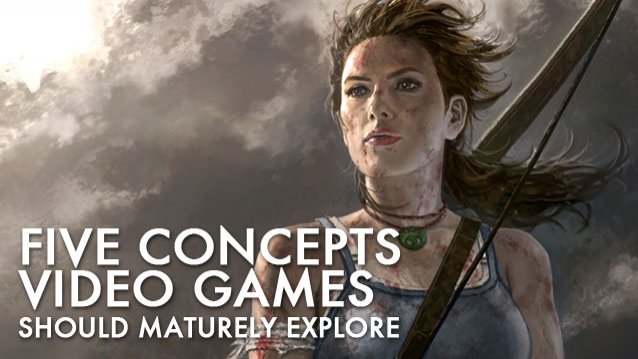
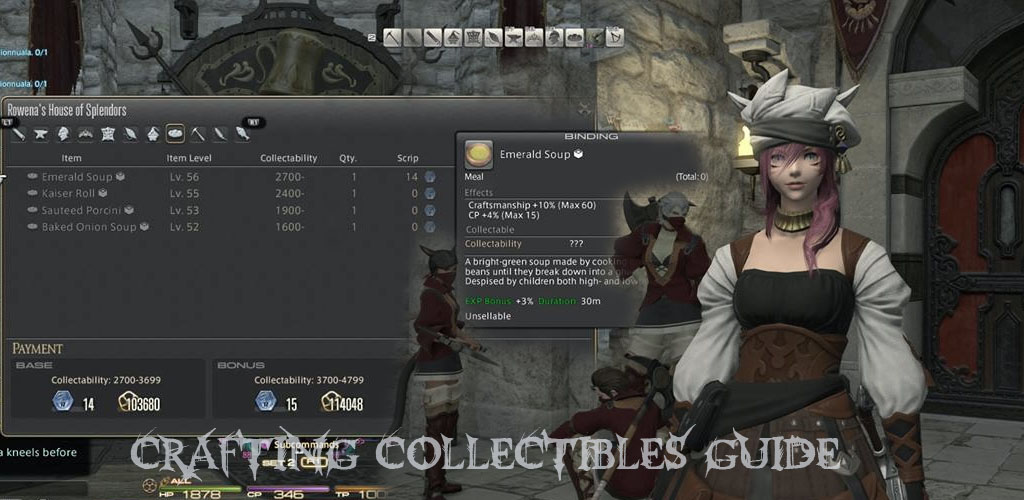
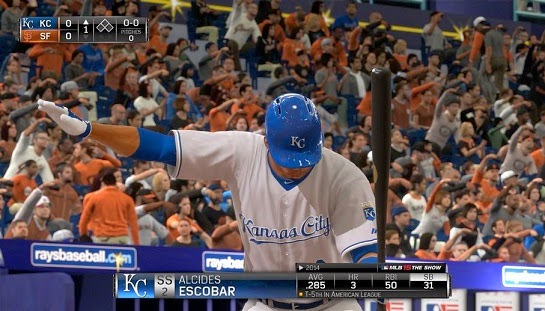
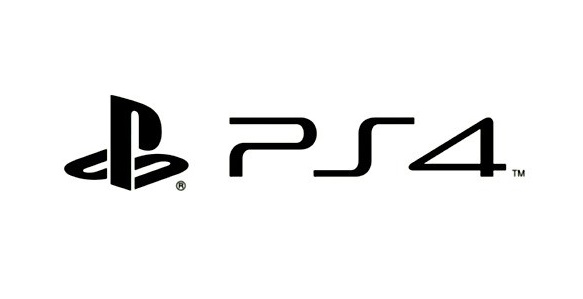
 Walking Dead: Season 2 – Episode 5 No Going Back Walkthrough
Walking Dead: Season 2 – Episode 5 No Going Back Walkthrough The 8 Best Free MMOs You Don’t Have to Download
The 8 Best Free MMOs You Don’t Have to Download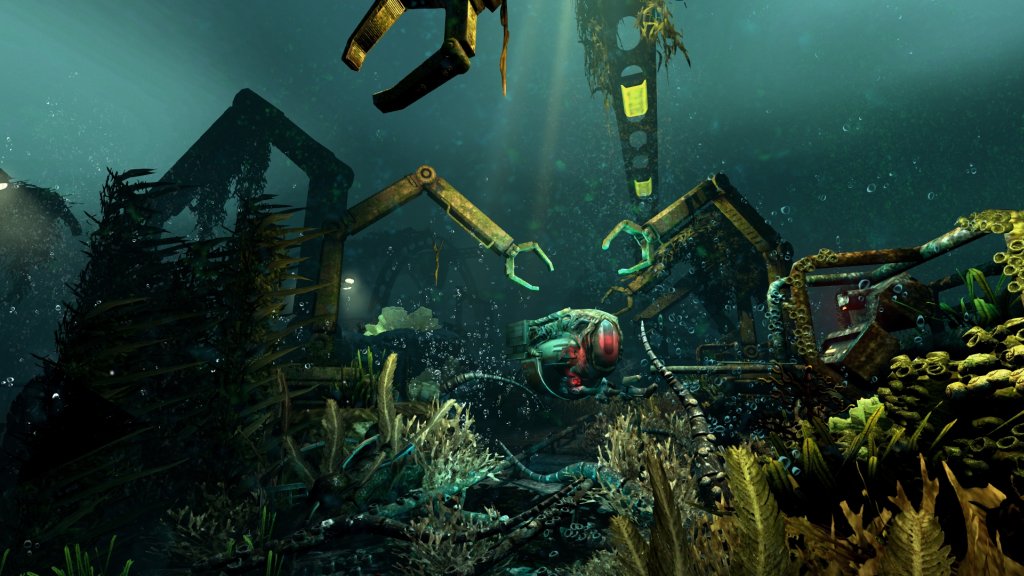 SOMA ARK Simulation Puzzle Guide
SOMA ARK Simulation Puzzle Guide Skill Trainers / Locations in Risen 3 - Titan Lords (PC)
Skill Trainers / Locations in Risen 3 - Titan Lords (PC) Kerbal Space Program Interview: Behind the Space Agency Sim
Kerbal Space Program Interview: Behind the Space Agency Sim